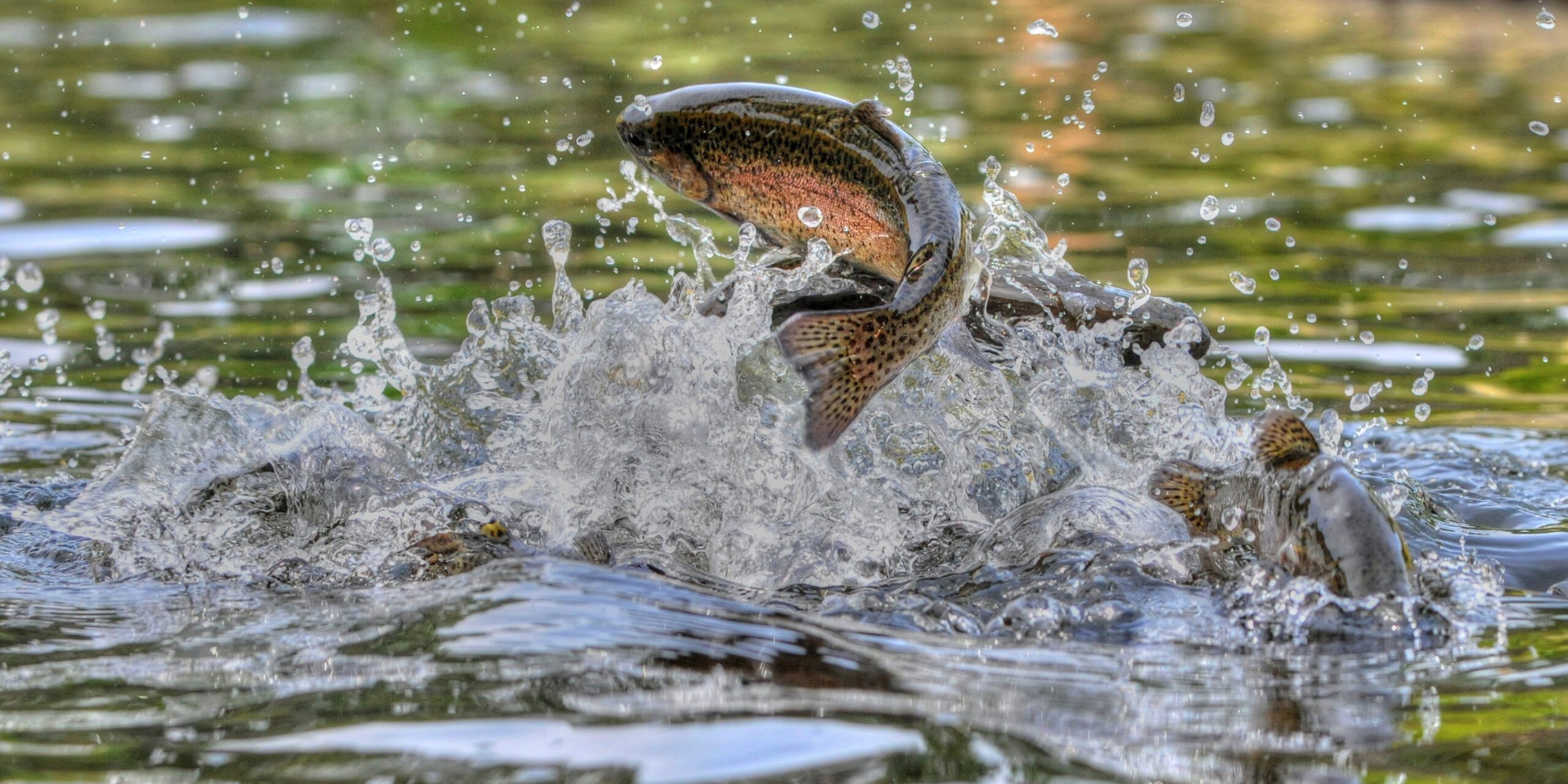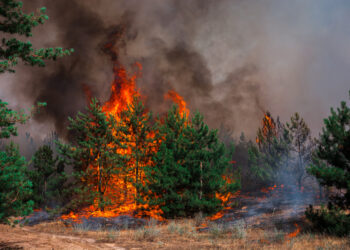Are FWP’s plans enough?
By Benjamin Alva Polley EBS COLUMNIST
Montana Fish, Wildlife and Parks are seeing a significant decline and loss in recruitment in brown and rainbow trout populations along the Big Hole River; the numbers are half to three-quarters of what they were 10 years ago. The Big Hole continues to have the lowest trout populations on record since numbers were collected in 1969. The Jefferson Basin fisheries are also in peril and experts are unsure of why.
As of 2013, the uppermost section of the Big Hole River had an estimated combined tally of 2,000-2,200 brown and rainbow trout per mile. Ten years later, biologists are counting 1,000 per mile. The Middle or Melrose sections are estimated to have fewer than 500 brown and rainbow per mile. The lower Big Hole is estimated at 500-700.
For a once mighty blue-ribbon trout stream, these numbers are dire. Additionally, zombie fish are caught with visible fungal infections, eyeballs that can’t see, and missing chunks of their gill plates.
So, what’s going on?
In the past, the agency said the decline in trout numbers was because of low flows and warm temperatures exacerbated by climate change.
“I have already been alerted to the presence of fish and fungus by local fishing guides, a concerning thing to see given that it’s only June with plenty of water and cool weather,” said Brian Wheeler, the executive director of The Big Hole River Foundation.
“There’s something else going on here besides flow,” said Jim Olsen in recent Zoom call, Big Hole fisheries biologist for Montana Fish, Wildlife and Parks.
There could be a whole host of factors affecting trout numbers besides high water temperatures and low flow, including rare diseases, fungus outbreaks, parasites, algal blooms, fire retardants, or possibly a condition they haven’t discovered and don’t have the tools to identify because it is so novel.
“What’s scarier is how many other rivers/drainages in the West that this is occurring that aren’t studied as closely as the Big Hole,” said Evan Phillippe, an angler and former fishing guide for 16 years.
The Big Hole River in southwestern Montana is one of the world’s most iconic wild and free-flowing blue-ribbon trout streams. Anglers come from around the world to fish for Arctic grayling, brown and rainbow trout. It’s the headwaters of the Missouri River and even the mighty Mississippi. Many people depend on the Big Hole and surrounding Beaverhead County to pay their bills. The fly-fishing, hunting, and outdoor recreation economy generates 167 million dollars annually and supports 1,400 jobs.
“There are other watersheds that experience chronic low flows, others with significant nutrient loading problems, and many other rivers with far more angling pressure,” said Wheeler. “Yet none appear to be seeing the same kind of problem, certainly not with the disease/fungus we’ve seen. I understand that FWP is not seeing zombie fish like this in other Montana watersheds.”
Each March and April, Montana Fish, Wildlife and Parks biologists survey sections of the Big Hole River by electroshocking the river to count trout. They only count fish seven inches and above, which are big enough for anglers to catch. Biologists note modest but still below average recruitment the past two years but poor recruitment the three previous years, which will continue to affect future generations.
Many anglers, guides, and outfitters feel the agency is dragging its feet and not doing enough because it’s taken a while to devise a plan of action. There was an effort spearheaded by anglers, guides, and outfitters beginning two years ago, prompting the state to create a Cold Water Fisheries Task Force, including experts from FWP, the Montana Department of Environmental Quality, and the Montana Department of Natural Resources Conservation (representing biology, water quality, and water quantity). This effort was made in hopes of directing combined agency expertise and resources specifically toward a fishery in peril, and the call went unanswered.
So, what exactly is Montana Fish, Wildlife and Parks doing?
The agency set up stricter fishing regulations on the Big Hole to protect spawning fish and limit angler-caused mortality. It is catch and release for all Arctic Grayling for the entire river, with five trout in possession from headwaters to Dickie Creek for a daily limit, and from Dickie Bridge to the mouth, it is a catch and release only, only artificial lures with single-point hooks, and no treble or double hooks. FWP is taking a three-river approach by looking at Beaverhead and Ruby Rivers. They are bolstering their efforts to get information from the public by creating a portal where people can tell them when and where they see dead or dying fish.
From a research standpoint, FWP has a four-pronged approach to adaptive management plans. The first prong is a fish health study on the three rivers examining how diseases influence populations. To accomplish this, they hope to hire additional staff or redirect staff and will seek help from other researchers and partnerships from Montana State University. The second approach is sampling dead or dying fish more and sending the results to the laboratory for diagnosis. The third approach is to look at specific limiting factors for trout abundance. The fourth prong is a mortality study on all three rivers, including the Madison River. The plan looks at all forms of mortality and their impacts affecting populations as a river-wide Creel Survey and talking with anglers. This mortality study won’t begin until 2024.
“We’re going to be as transparent as possible with what we are finding and doing,” said Greg Lemon, spokesperson for Montana FWP. “We want the public to engage with us and tell us what they see. We will do our best to keep the communication flowing as well.”
Is this proactive enough?
Some organizations have started proactive measures, like the Big Hole River Foundation, along with an independent effort via Save Wild Trout is being initiated immediately to help get at the targeted study of fish pathology now to commission an outside expert to help identify causes and propose solutions (specifically to get live tissue sample of an infected fish) and provide that data to FWP to help inform their Fish Mortality Study once it begins next year.
The Big Hole River Foundation is also performing a water quality monitoring program that Wheeler is leading, which is purposefully designed to complement the work being done by state agency folks and working together to provide valuable and relevant data.
“Economics aside, the Big Hole is a mighty special place: a 150-long, free-flowing river, draining 2,800 wild square miles, several mountain ranges, home to multiple threatened species,” Wheeler said. “As a microcosm within the broad scale threats to the function and integrity of our environmental systems at-large, if we can’t protect this kind of place, what chance is there for less unique watersheds?”
Unfortunately, agencies move glacially, but hopefully, through partnerships, they can find solutions before the trout fishery entirely collapses and save this and other iconic blue-ribbon trout streams that are the lifeblood of the land so many people and animals depend upon.
Time will only tell.













